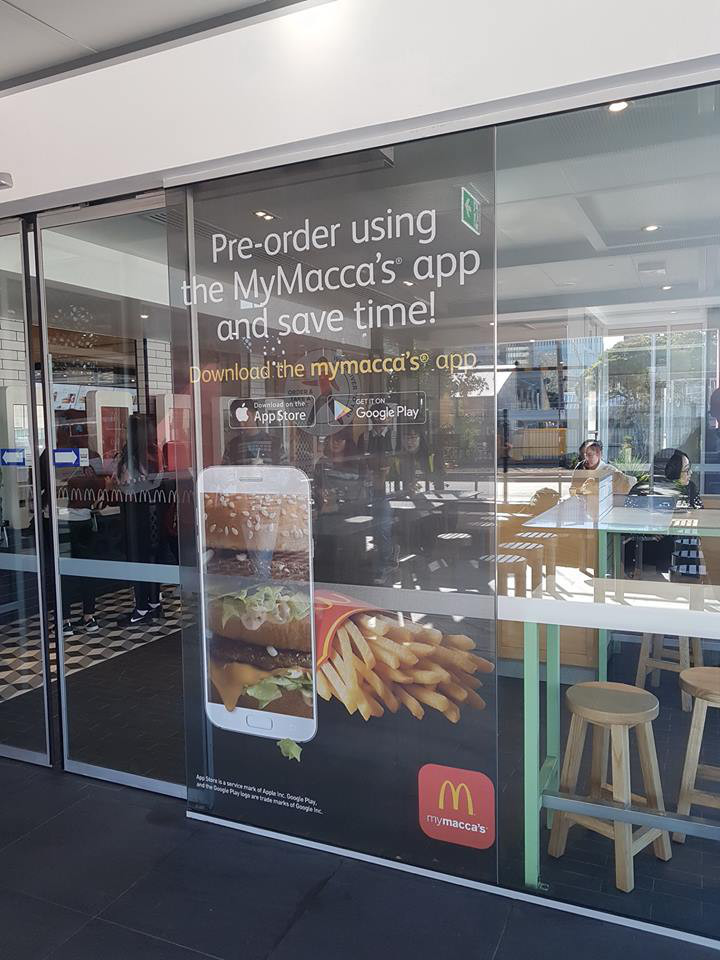Today, Office Signage is everything.
Most companies want their brands everywhere, including at their office space. Consequently, signage is an important deal term for many tenants and it is important in four ways: (1) the type; (2) the desirability of any signage at all; (3) the right to ensure that other tenants do not have signage that negatively impacts the original tenant; and (4) installation and maintenance cost.
ASSET OR LIABILITY?
Although most businesses/tenants want as much signage, and therefore visibility, as they can get, we have worked with numerous tenants who want as a little and as low-key signage as possible. For instance, retail brands typically avoid signage on their office spaces as they do not want to create customer confusion thinking the sign indicates a retail location. They may very much, however, care about the next point…
DO WE HAVE TO SHARE?
Banks and law firms are the best example to illustrate this point. I have found that banks typically do not like to occupy space (retail or office) in buildings prominently featuring their competitors’ signage. When we conduct initial surveys to identify building options for a tenant, we are often instructed to eliminate any buildings already named after a competitor. Similarly, if a bank or law firm leases space insufficient in size to warrant their own monument or building signage, we will often negotiate for language stating that, during the term of that tenant’s lease, the building cannot be named for a competitor of the tenant.
The concern in these cases is that the tenant’s customers will be confused as to whether the tenant occupies space in the building. Also, of concern is the perception that the tenant is dwarfed in size by their competitor as evidenced by the initial tenant’s lack of signage.
The remedy for a violation of exclusivity language is typically the right to cancel the lease. With this remedy, the building owner reserves the right to lose the smaller tenant to gain a larger tenant and the initial tenant reserves the right to move out of the building.
Exclusivity language in a lease should specifically address which competitors or types of competitors are precluded from having signage, whether there will be a minimum square footage required on the part of the initial tenant to maintain this exclusivity right, and what the remedies are for violations of that right.
WHO PAYS THE BILLS?
Any signage discussion should also include costs of signage. Usually the building landlord will provide suite and directory signage as part of the initial tenant build out. Monument signage is typically a tenant cost; however, landlords will be responsible for maintaining the monument sign. Whether or not the monument will be lit at night should be addressed in the lease as well because adding lights after the sign is installed can become a big expense.
Building signage costs are nuanced and tricky. Initial size, location and installation costs should be addressed in lease negotiations and memorialized in the lease. I once negotiated signage on behalf of a bank for an under-construction multi-tenant office building.
BOTTOM LINE
Know whether you need signage, how much is justified based on your size, what it’s going to look like and who is going to pay for it.


Leave A Comment